Welcome to Favourite Fab, your trusted authority in advanced nonwoven fabric solutions. In today’s competitive market, a generic product simply won’t cut it. Therefore, product developers and sourcing managers look for materials that offer a measurable edge in performance and consumer appeal.
The most effective way to achieve this edge is through nonwoven fabric embossing. This specialized surface treatment transforms standard fabrics into high-performance materials. At Favourite Fab, we don’t just supply bulk rolls. We engineer custom textures that boost your product’s functionality, softness, and aesthetic value. Our commitment to expertise and efficiency makes us the leading supplier for all your nonwoven embossing needs.
Why Nonwoven Fabric Embossing is Essential for Commercial Success
Nonwoven fabric embossing is more than a finishing touch. It is a critical manufacturing process. This process physically alters the fabric’s surface structure. Most importantly, it imprints a permanent pattern using heat, pressure, or ultrasonic energy.
Why do commercial buyers prioritize fabric embossing nonwoven materials? The answer lies in the dramatic functional and aesthetic improvements it provides.

Get Free Sample Kit Of Our Fabric At Your Door Step
- Online Order
- Door Delivery
- 1-Click Quotation
1. Functional Nonwoven Embossing: Boosting Performance
A flat nonwoven fabric has limitations. Introducing a specific texture fundamentally solves key performance challenges:
- Improved Nonwoven Absorbency: The raised peaks and valleys of an embossed pattern increase the material’s surface area. Consequently, the fabric can hold and wick liquids far more effectively. This is crucial for products like embossed nonwoven wipes.
- Nonwoven Fabric Texture for Grip: Patterns provide a textured surface. This gives the user better grip and control. Because of this feature, our embossed fabrics are ideal for medical gloves, certain industrial wipes, and nonwoven fabric texture for grip applications.
- Bulk Enhancement Nonwoven: Embossing increases the loft and bulk of the fabric. This adds a desirable, high-quality hand-feel to the material. This directly contributes to the perception of a premium product.
2. Aesthetic and Tactile Differentiation
The human touch is a powerful sales factor. A decorative nonwoven embossing pattern enhances both visual and tactile appeal.
- Softness Enhancement Nonwoven Fabric: Embossing breaks up the continuity of the flat fabric surface. This micro-structuring creates a softer, cloth-like feel, crucial for items that contact skin, such as nonwoven fabric for diapers embossing.
- Nonwoven Fabric Aesthetic Improvement: A unique pattern becomes your brand’s signature. This differentiation is vital in competitive sectors. Therefore, we work closely with clients to design proprietary textures.
The Technology of Texture: Our Nonwoven Embossing Expertise
As an industry leader, Favourite Fab utilizes state-of-the-art machinery and techniques. Our extensive experience guarantees consistent, high-quality results across all polymer types, including polypropylene nonwoven embossing and PET nonwoven embossing.
H2: Mastering the Key Embossing Techniques
There are three primary methods we use in our embossing nonwoven process, each suited for specific fabrics and applications:
A. Thermal Embossing Nonwoven (Calendering)
This is the most common technique, known for its efficiency in spunbond materials. The thermal embossing nonwoven process involves passing the nonwoven web through heated steel and rubber rollers (an nonwoven calender embossing unit).
- The heat partially melts the thermoplastic fibers at the contact points.
- The pressure from the engraved embossing roller nonwoven creates a permanent bond and a distinct pattern.
- This method is highly scalable, making it perfect for high-volume orders of spunbond nonwoven embossing rolls.
B. Ultrasonic Embossing Nonwoven
The ultrasonic embossing nonwoven method uses high-frequency vibrations instead of heat transfer to create localized friction. This friction generates heat at the contact points between the fabric and the embossing die nonwoven.
- This technique achieves strong bonding and sharp patterns without high overall temperature.
- It is often used for multi-layered or highly specialized technical nonwovens embossing where specific bonding strength is required.
- The versatility of the embossing unit nonwoven allows for complex, intricate designs.
C. Mechanical Embossing Nonwoven
While less common for thermoplastic polymers, mechanical embossing nonwoven utilizes pressure alone or in conjunction with chemical binders to permanently set a pattern. This is another essential nonwoven finishing technique we utilize depending on the fiber composition.
Precision Engineering: The Role of the Embossing Unit
The heart of our quality lies in our machinery. We use advanced nonwoven embossing machine technology. Our expertise lies not just in operating the machines, but in customizing them.
We collaborate with top-tier engineers to develop custom embossing roller nonwoven designs. This allows us to create proprietary textures that give your brand a unique selling proposition. The nonwoven embossing calender machine at Favourite Fab is calibrated for micron-level precision. This ensures every millimeter of your fabric roll is consistently embossed
The Advantage of Custom Embossing Rollers Nonwoven
When sourcing bulk materials, off-the-shelf patterns offer little competitive advantage. The true value lies in a proprietary design.
- Brand Identity: A custom pattern acts as a subtle watermark. It is a feature that clients immediately associate with your brand, improving recognition and loyalty.
- Targeted Functionality: A specific pattern can be engineered to optimize a single property. For instance, a grid design is excellent for improving nonwoven absorbency with embossing. Conversely, a wavy pattern is better for enhancing stretch or providing a high-friction nonwoven fabric texture for grip.
- Security: Using custom embossing rollers nonwoven protects your product design. It makes counterfeiting or imitation significantly harder for competitors. This provides a clear, defensible market position.
We manage the entire process, from CAD design of the embossing die nonwoven to the final roll inspection, ensuring total quality control and confidentiality for your custom pattern.
Applications: Where Favourite Fab Embossed Nonwovens Excel
Our customized nonwoven fabric surface treatment solutions have applications across multiple commercial sectors. We engineer the surface for performance.
Hygiene and Medical Patterned Nonwovens
In these sensitive areas, texture is directly tied to safety and comfort. Most importantly, our adherence to stringent quality controls in this sector demonstrates our trustworthiness.
- Wipes and Tissues: We produce embossed nonwoven wipes that feature patterns specifically designed for optimal particle pick-up and liquid distribution. This results in superior cleaning efficiency. We optimize the embossing depth to maximize the physical scrubbing action while maintaining material integrity. Besides that, the texture manages liquid dispensing, preventing pooling and ensuring an even application of cleaning solution.
- Diapers and Femcare: Nonwoven fabric for diapers embossing is essential for creating a top-sheet that offers rapid fluid transfer and a desirable softness enhancement nonwoven fabric hand-feel, keeping the user dry and comfortable. The embossing creates micro-funnels. These quickly draw moisture away from the skin and into the absorbent core. This speed and efficiency are critical for skin health and user satisfaction.
- Medical Fabric: Our nonwoven medical fabric embossing strengthens the material and often creates a breathable embossed nonwoven structure, crucial for surgical gowns and drapes. Furthermore, the textured surface can improve the barrier properties by making the fabric more resistant to strike-through. This is an example of functional nonwoven embossing directly contributing to patient safety.
The Impact on Technical and Industrial Sectors
Embossing plays a crucial functional role in industrial materials, often unseen but essential.
- Filtration Media: Specific embossed patterns can enhance the performance of filtration media by creating structured pathways for airflow. This structure prevents premature media collapse and maximizes surface area for particle capture. This is a critical example of functional nonwoven embossing that delivers long-term performance and cost savings to industrial clients.
- Automotive Interiors: Nonwoven fabric texture for grip and bulk enhancement nonwoven properties are utilized in automotive components. The textured material can be used in headliners, carpet backings, or insulation layers. The texture aids in acoustic dampening and provides a more durable, premium feel to interior surfaces.
- Protective Apparel: For industrial coveralls or protective gear, a specific nonwoven texture enhancement can make the material more abrasion-resistant while remaining flexible. This ensures worker comfort and extends the life of the garment, which is a key commercial concern.
Unpacking E-E-A-T: Why Favourite Fab is the Industry Authority
Our position as the leading supplier is underpinned by our adherence to Google’s E-E-A-T principles. Commercial buyers trust suppliers who demonstrate proven competence.
Expertise: Driving Nonwoven Fabric Surface Treatment
Our expertise is not theoretical; it is built on years of hands-on operation and continuous innovation in nonwoven fabric surface treatment.
- We focus on the thermodynamics of thermal embossing nonwoven. This allows us to optimize bonding without compromising the fabric’s integrity.
- We utilize specific nonwoven finishing techniques to introduce anti-microbial or hydrophilic properties before or after the embossing process. This creates a multi-functional material from a single substrate.
- Our R&D team stays ahead of material science trends. We ensure that our PET nonwoven embossing techniques work seamlessly with modern, sustainable polymer blends.
Experience and Trustworthiness: The Favourite Fab Guarantee
Our experience allows us to predict and mitigate common manufacturing challenges. Over a decade of specialized nonwoven fabric embossing and large-scale manufacturing has given us unparalleled practical knowledge.
We are transparent about our processes. We invite commercial clients to tour our facility to see the nonwoven embossing machine in action. This open approach builds trustworthiness. We also ensure that all our hygiene and medical-grade embossed nonwovens meet necessary international certifications, giving you absolute confidence in the quality of the raw material you receive.
Authoritativeness: Scalability and Consistency
Our authoritativeness is demonstrated through our capacity and consistency. We are equipped to handle large, recurrent bulk orders. We understand that a supplier’s authority is measured by their ability to deliver high-quality, high-volume products on time, every time.
Whether you require standard polypropylene nonwoven embossing rolls or highly complex, multi-layered products, our scale ensures that we can be your single, reliable source.
Technical Deep Dive: Selecting the Right Embossing Method
Choosing between thermal embossing nonwoven and ultrasonic embossing nonwoven is a critical commercial decision. It affects cost, pattern resolution, and fabric performance.
Thermal Embossing Nonwoven: Ideal for Cost and Speed
The thermal embossing nonwoven method is generally faster and more cost-effective for large-volume runs of PP and PET fabrics.
- Advantages: High throughput, uniform bonding, and excellent cost efficiency. It creates clear, distinct patterns suitable for most decorative nonwoven embossing and standard functional uses.
- Consideration: It is less suitable for fabrics with low melting points or mixed fiber blends where precise, localized heat application is difficult.
Ultrasonic Embossing Nonwoven: Ideal for Precision and Mixed Fibers
The ultrasonic embossing nonwoven process is more nuanced and often preferred for specialized technical nonwovens embossing.
- Advantages: Highly localized bonding with minimal heat influence on surrounding areas. This preserves the bulk and softness of the non-bonded areas. It is excellent for creating intricate patterns and is highly effective on mixed or multi-layered fabrics.
- Application: It is the go-to method when maximum softness enhancement nonwoven fabric or complex patterns are non-negotiable, often seen in high-end cosmetic or medical embossed nonwoven wipes.
Comprehensive FAQ Section (Completed)
To further demonstrate our expertise, here are answers to common commercial queries regarding nonwoven fabric embossing.
What is the process of embossing fabric?
The process of embossing fabric involves feeding the material through two rollers—at least one of which is engraved with the desired pattern. Specifically, the process uses heat (thermal embossing nonwoven) and intense pressure to permanently fuse and mold the fibers into the specific three-dimensional pattern. Alternatively, the process can use ultrasonic vibrations. This action alters the surface structure, leading to enhanced visual appeal and improved physical properties like loft and liquid management.
What is nonwoven fabric used for?
Nonwoven fabric is a versatile material used in nearly every industry. Its uses range from hygiene (wipes, diapers), medical (gowns, masks, dressings), filtration (air and liquid filters), automotive interiors, and geotextiles. Its flexibility in bonding and finishing, like nonwoven fabric embossing, makes it adaptable to countless specific requirements, replacing traditional woven textiles where cost, disposability, or specific functions are paramount.
What is embossed fabric used for?
Embossed fabric is primarily used when surface performance or aesthetics are critical. Key applications include: enhanced softness for baby diapers, increased absorbency for cleaning wipes, better grip for protective apparel, and decorative finishing for packaging or home textiles. The embossing improves functionality and adds premium appeal, serving as a critical differentiator in consumer products like premium embossed nonwoven wipes.
How to bond non-woven fabric?
Non-woven fabric is bonded using one of three main methods:
- Thermal Bonding: Applying heat and pressure (like in thermal embossing nonwoven) to melt and fuse the fibers.
- Chemical Bonding: Using latex or resin binders to glue the fibers together.
- Mechanical Bonding: Interlocking the fibers through needling (needle-punching) or high-pressure water jets (hydroentangling/spunlace).

Get Free Sample Kit Of Our Fabric At Your Door Step
- Online Order
- Door Delivery
- 1-Click Quotation
Contact with Confidence: Your Partnership in Innovation
Are you ready to elevate your product with precision-engineered nonwoven fabric embossing? Don’t settle for generic textures. Choose a partner with the experience, expertise, and technology to deliver on a commercial scale.
We simplify the sourcing process. We provide quick quotes, rapid sample delivery, and consistent quality that your conversion lines can rely on. Partner with Favourite Fab and leverage our state-of-the-art nonwoven embossing calender machine capabilities.
Contact us today to discuss your custom nonwoven fabric surface treatment requirements and secure your bulk order of premium embossed rolls.
Choose Favourite Fab: Where Nonwoven Fabric Embossing Meets Commercial Excellence



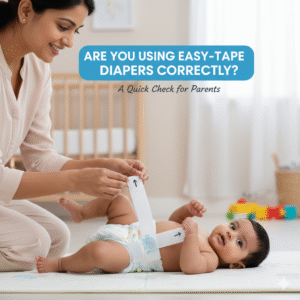
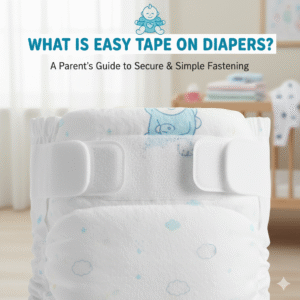
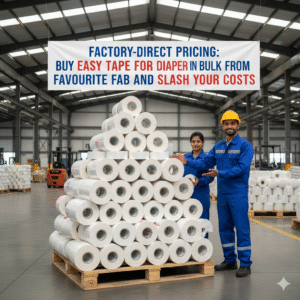
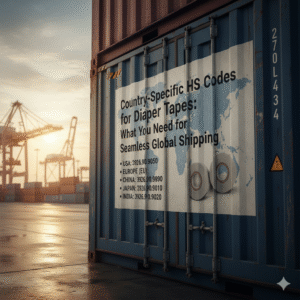
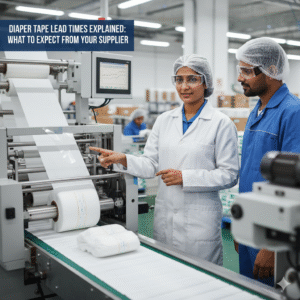
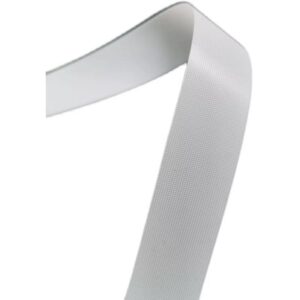
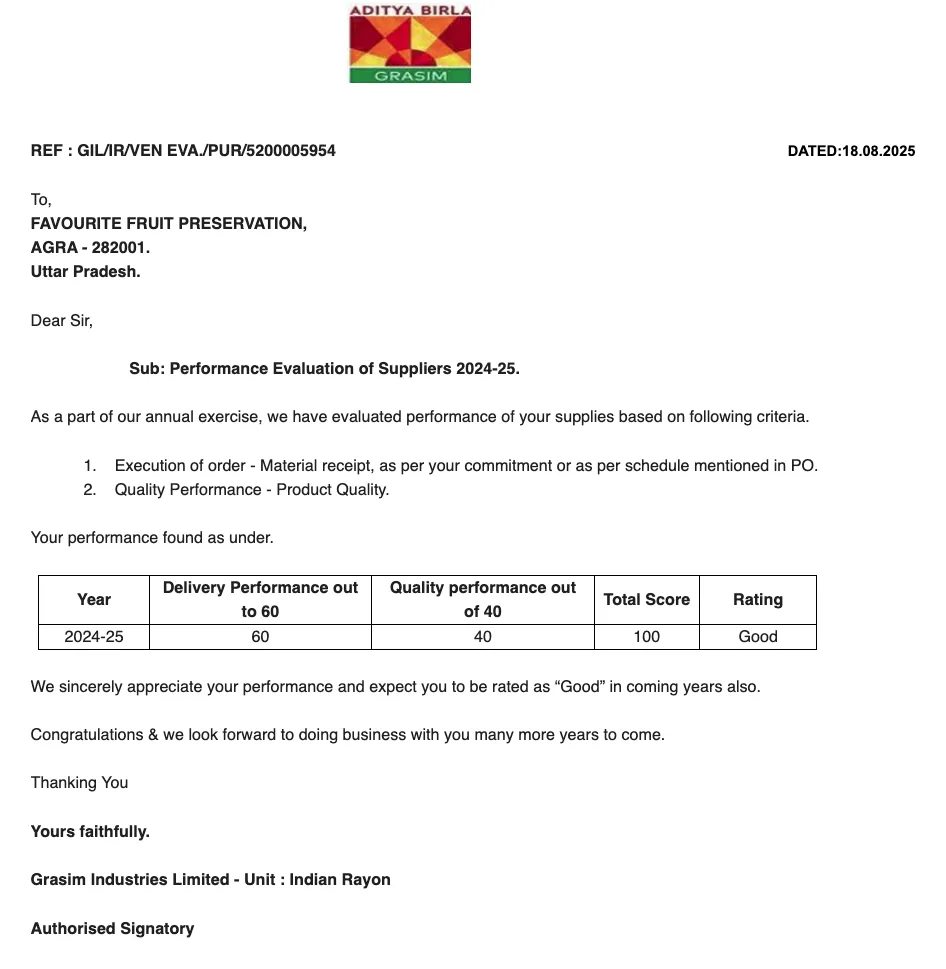




























We Do Business On Trust.Our Nonwoven fabric Business is Built on trust. Trust starts with Transparency.
Mr.Ramniwas Garg Founder Of Favourite Group